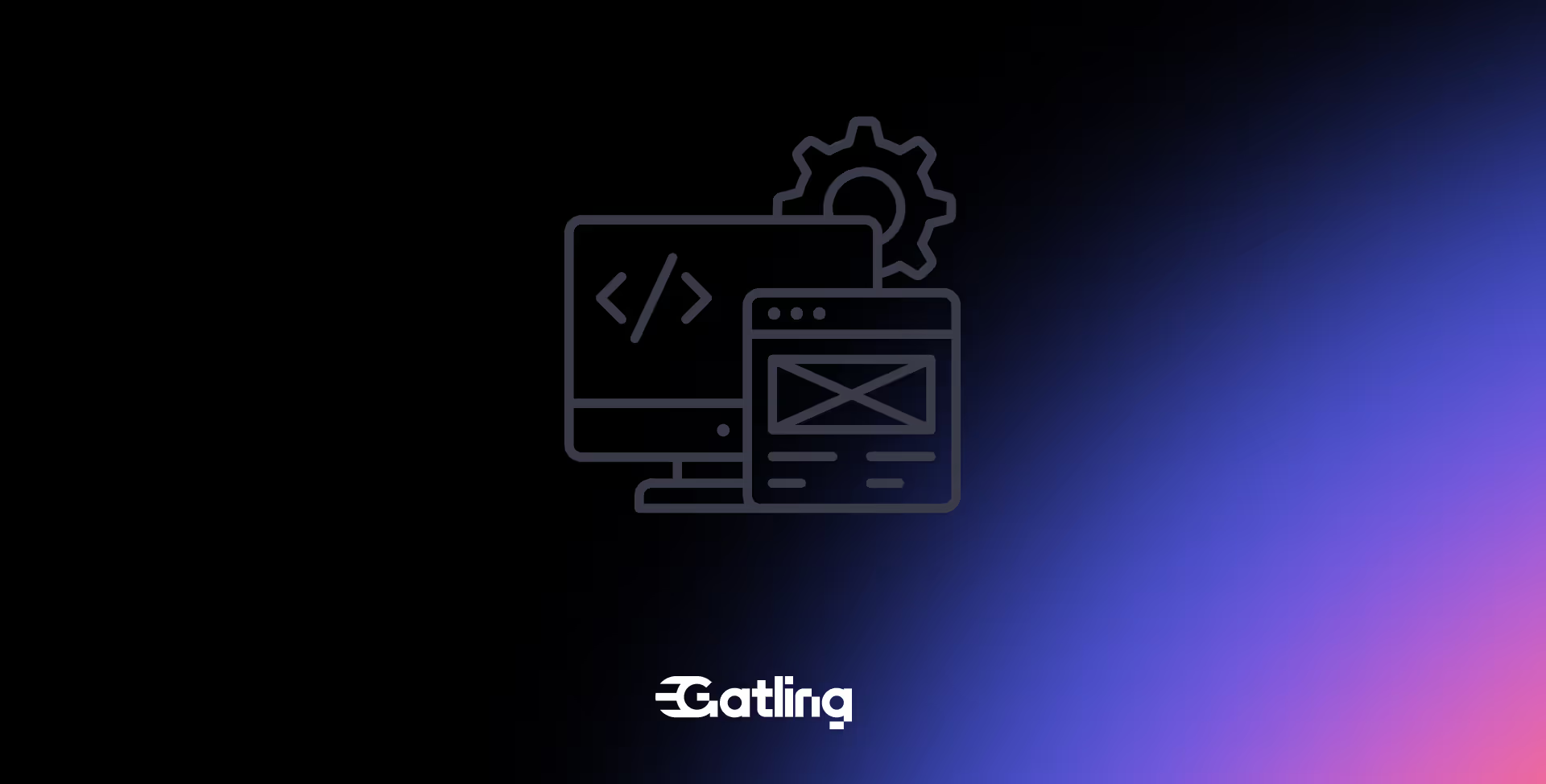Load testing a dockerized application

Last updated on
Monday
September
2025
Load testing a dockerized application
Modern applications are increasingly containerized—and for good reason. Docker simplifies deployment, ensures consistency across environments, and is a go-to for DevOps teams scaling microservices.
Let’s break down the challenge and show how Gatling helps you load test Dockerized applications with confidence.
The challenge: Dockerized apps complicate load testing
Docker brings flexibility and consistency to how applications are built and deployed—but it also introduces new variables that can make load testing harder to implement.
With containerized environments, teams often face:
- Changing endpoints and dynamic infrastructure setups
- Multiple services running in parallel, sometimes isolated from external access
Orchestration complexity, especially with tools like Docker Compose or Kubernetes
In fast-paced DevOps pipelines, these factors can create friction when trying to run performance tests.
As a result, teams might:
- Postpone or skip load testing in pre-production
- Test against the wrong environment or configuration
- Miss performance issues that only surface at scale
And that leads to production slowdowns, downtime, and unplanned firefighting.
The business impact: from blind spots to bottlenecks
Dockerized apps are built for scalability and flexibility—but they still need to be tested under pressure.
Without proper load testing:
- You risk shipping code that hasn’t been tested at scale
- Bottlenecks can hide behind orchestration layers
- Debugging becomes harder when containers crash under real-world traffic
Worse, a failed container in prod can lead to downtime, latency spikes, or revenue loss. And for teams practicing CI/CD, skipping load testing during container-based deployments undermines the whole DevOps promise.
Performance testing can’t be an afterthought. It needs to fit seamlessly into your Dockerized workflows.
Load test Dockerized apps with Gatling
At Gatling, we make it easy to run performance tests—even in fully containerized environments.
🔗 Ready to load test your containerized app with Gatling?
FAQ
FAQ
Related articles
Ready to move beyond local tests?
Start building a performance strategy that scales with your business.
Need technical references and tutorials?
Minimal features, for local use only




